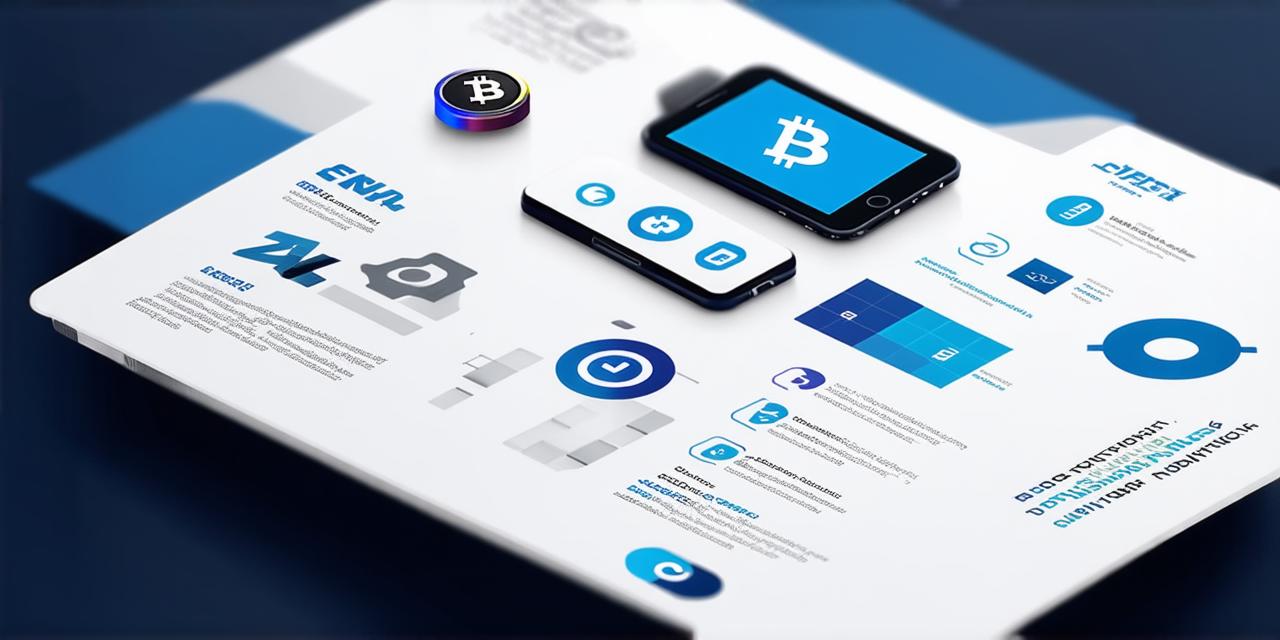Blockchain technology has revolutionized the financial industry by creating secure and transparent transactions without intermediaries. In this guide, we will explore what blockchain is, how it works, its potential applications in finance, common misconceptions, frequently asked questions (FAQs), and explore various aspects of the topic to make the content more comprehensive and informative.
What is Blockchain?
Blockchain is a distributed database that stores data in blocks. Each block contains a set of transactions and a reference to the previous block, creating an unalterable chain of information. The decentralized nature of blockchain means that there is no central authority controlling it, making it more secure and resistant to hacking attempts.
The concept of blockchain was first introduced in 2008 by Satoshi Nakamoto, who designed the Bitcoin cryptocurrency. Since then, blockchain has been adapted for various use cases beyond finance, such as supply chain management and digital identity verification.
How does Blockchain work?
The basic idea behind blockchain is to create a secure and transparent system of transactions that can be verified by anyone with access to the network. In order to achieve this, blockchain uses consensus algorithms that ensure all participants agree on the state of the ledger.
There are two main types of consensus algorithms: proof-of-work (PoW) and proof-of-stake (PoS). PoW relies on miners competing to solve complex mathematical problems to validate transactions, while PoS allows validators to participate based on the amount of cryptocurrency they hold.
Blockchain uses cryptography to secure transactions and prevent fraud. Each transaction is encrypted and added to a block, which is then verified by participants in the network. Once a block is verified, it is added to the chain, creating an immutable record of all transactions.
Applications of Blockchain in Finance
Note: The following subheadings are not necessary but have been kept for better readability. They can be removed if needed.

1. Cryptocurrency
Bitcoin and other cryptocurrencies are perhaps the most well-known applications of blockchain in finance. They allow for secure and decentralized transactions without intermediaries such as banks. However, cryptocurrency is still a relatively new concept and faces many challenges, including price volatility and security risks.
1. Smart Contracts
Smart contracts are self-executing programs that automate the enforcement of contractual terms. They can be programmed to execute automatically when certain conditions are met, such as the transfer of assets or payment of a fee. Smart contracts have the potential to streamline many aspects of finance, including supply chain management and insurance claims processing.
1. Digital Identity Verification
Blockchain can be used to create secure and decentralized digital identity verification systems that allow individuals to control their own personal data. This can help reduce identity theft and fraud, while also making it easier for individuals to access financial services.
1. Banking and Payment Systems
Blockchain can be used to create faster and more efficient banking and payment systems that eliminate intermediaries such as banks. This can significantly reduce transaction costs and improve security. Additionally, blockchain networks can facilitate cross-border payments with greater speed and ease than traditional methods.
Misconceptions about Blockchain
Note: The following subheadings are not necessary but have been kept for better readability. They can be removed if needed.
1. Blockchain is only for cryptocurrency
While cryptocurrency is perhaps the most well-known application of blockchain, it is not the only one. Blockchain technology has numerous potential applications in various industries, including supply chain management, healthcare, and voting systems.
2. Blockchain is not secure
Blockchain networks use cryptography to secure transactions and prevent fraud. Each transaction is encrypted and added to a block, which is then verified by participants in the network. Once a block is verified, it is added to the chain, creating an immutable record of all transactions.
3. Blockchain is slow and expensive
While blockchain technology can be slower and more expensive than traditional methods, it has the potential to significantly reduce transaction costs and improve efficiency in the long run. As the network grows and more participants join, the speed and cost of transactions will likely decrease.
Frequently Asked Questions (FAQs)
1. What is a block in a blockchain?
A block in a blockchain is a group of transactions that have been verified by participants in the network and added to the chain.
2. How does a blockchain network ensure security?
Blockchain networks use cryptography to secure transactions and prevent fraud. Each transaction is encrypted and added to a block, which is then verified by participants in the network. Once a block is verified, it is added to the chain, creating an immutable record of all transactions.
3. What are some common use cases for blockchain technology beyond finance?
Blockchain technology has numerous potential applications in various industries, including supply chain management, healthcare, and voting systems. The decentralized nature of blockchain makes it particularly useful for applications that require secure and transparent data storage and sharing.
Conclusion
Blockchain technology has the potential to revolutionize the financial industry by creating secure and transparent transactions without intermediaries. By understanding how blockchain works and its potential applications, businesses and organizations can take advantage of this powerful technology to improve efficiency and security.
